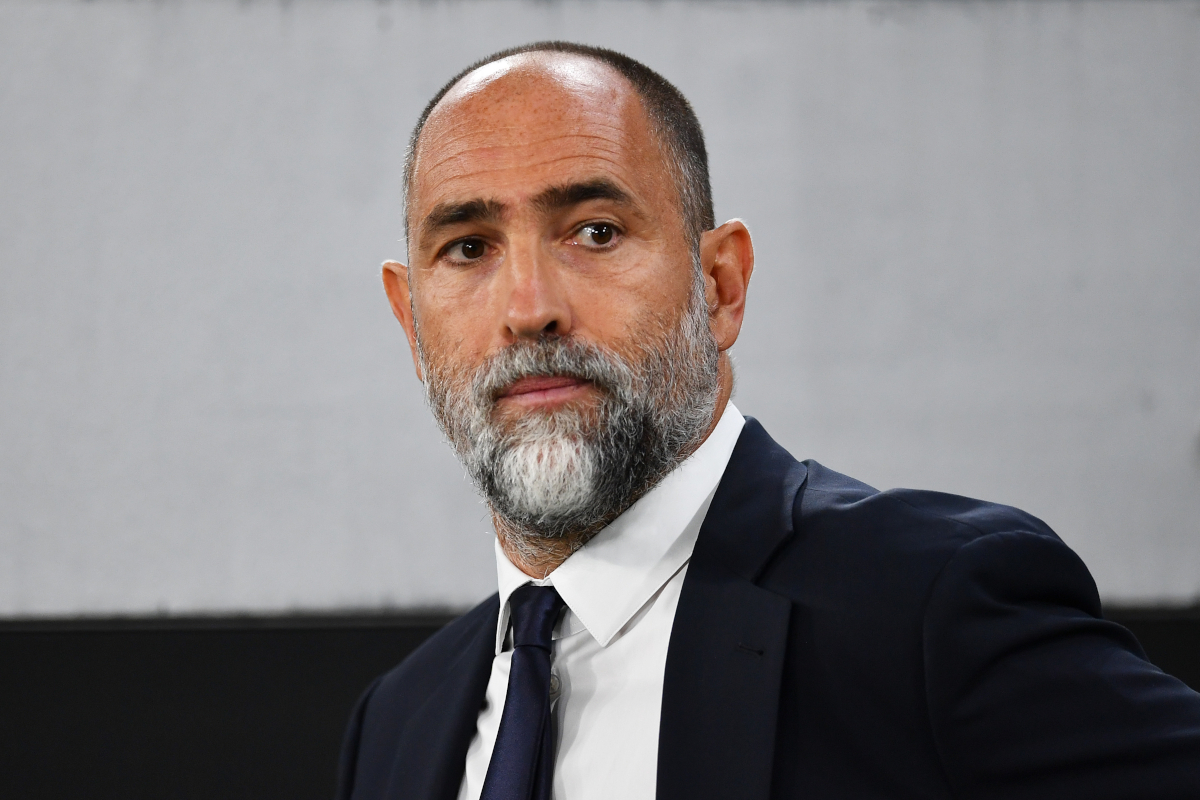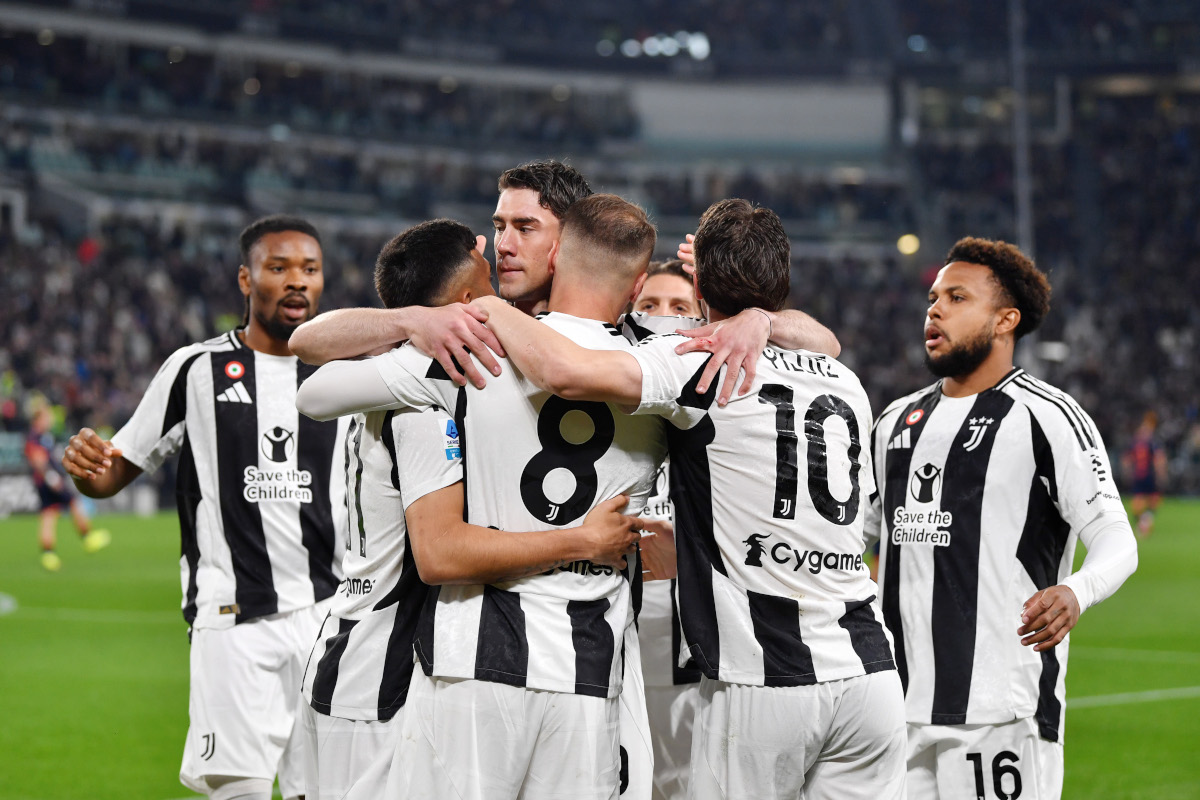In the high-stakes theatre of Serie A football, where every pass, tackle, and indeed, every press conference comment is meticulously dissected, Juventus coach Igor Tudor recently found himself in a familiar and visibly exasperating position. The subject of his ire? The persistent media spotlight on midfielder Teun Koopmeiners, a player whose €60 million price tag seems to cast a shadow almost as long as his contract at the Allianz Stadium.
The Ritual of Scrutiny: “Leave Him in Peace”
The scene is a common one: a coach facing a barrage of questions on the eve of a pivotal match, in this case, a crucial encounter against Inter. While tactical setups and team fitness are standard fare, the media’s fascination with a perceived underperformer often takes centre stage. For Tudor, the incessant queries about Koopmeiners, who might even start as an attacking midfielder against Inter due to an injury to Francisco Conceiçao, proved to be the final straw.
“I don’t understand the fixation on this guy. Let’s leave him in peace,” Tudor retorted, his frustration palpable. He went on to describe Koopmeiners as a player who is “working well, trying, and caring,” insisting that the Dutchman possesses quality and will ultimately succeed. This isn`t a new refrain; Tudor noted he has received at least “15 questions” about Koopmeiners since his appointment in March, a testament to the media’s relentless pursuit of narrative, particularly when it involves a significant investment.

The Burden of the Price Tag: Expectations vs. Reality
Teun Koopmeiners arrived in Turin from Atalanta in the summer of 2024 with the kind of fanfare typically reserved for marquee signings. A €60 million transfer fee isn’t merely a transaction; it’s a declaration of intent, a benchmark against which every touch, every pass, and every goal will be measured. In his debut season, a return of five goals and three assists across 44 appearances in all competitions has, for many, fallen short of justifying that hefty price tag. It’s a classic conundrum in modern football: the expectation of instant, transcendent impact versus the often-gritty reality of adaptation and development.
The irony here is subtle but ever-present. While the footballing world demands immediate returns on monumental investments, coaches like Tudor are simultaneously tasked with player development, fostering talent, and integrating individuals into a cohesive unit—a process that rarely adheres to a quarterly earnings report schedule. Koopmeiners, undoubtedly a talented player, finds himself in that unenviable crucible where the market value dictates public perception more than the subtle nuances of his midfield contributions.
Beyond the Statistics: A Coach`s Defence
For a coach, defending a player under fire is not just about loyalty; it’s a strategic move to protect morale and foster confidence. Tudor`s steadfast support for Koopmeiners suggests a belief in the player’s underlying capabilities, perhaps seeing effort and potential that raw statistics fail to capture. His insistence that Koopmeiners has “played two good matches” hints at flashes of quality that observers might overlook in their haste to label a player a `flop` or `success` based solely on goal contributions.
“He’s working well, he’s trying, he cares. He’s played two good matches. I can only repeat what I’ve always said about him. But then we always circle back to the same thing, he has quality and will do well.”
This statement encapsulates the ongoing tension between a coach`s internal assessment and the external narrative crafted by media and fans. For Tudor, the focus is on the process—the training, the effort, the subtle improvements. For the public, it`s often about the product—the goals, the assists, the decisive moments that justify the millions spent.

The Road Ahead: Patience or Performance?
Koopmeiners’ contract runs until June 2029, affording him considerable time to justify his transfer fee. However, in modern football, patience is a virtue rarely extended without tangible results. The upcoming match against Inter, a direct rival, presents another high-pressure opportunity for the Dutch midfielder to quiet the critics and, perhaps more importantly, to alleviate some of the pressure on his coach. His performance in such fixtures will undoubtedly dictate whether the media`s “fixation” persists or whether Tudor`s plea for peace finally finds an echo.
The situation at Juventus with Koopmeiners is a microcosm of the contemporary football landscape: a blend of immense financial investment, relentless media scrutiny, and the ever-present human element of performance under pressure. As Tudor navigates this delicate balance, the footballing world watches, waiting to see if potential can indeed triumph over an early narrative of struggle, or if the €60 million question will continue to plague press conferences.








